Push the boundaries between outside and in with a garden room. From quirky covered terraces to traditional extensions, orangeries or panoramic conservatories, get yourself a space that allows you fire up your imagination and flex your creative muscles. Not only will it give you some extra space, but your perfect garden room will give you a welcome haven that allows you to kick back and relax in all seasons.
If you are blessed with green fingers, creating your perfect garden hideaway can be as simple as teaming your favourite pots and plants with rustic rattan or wooden furniture and some classic outdoor wall lighting.
┬áIf youÔÇÖre looking to achieve the botanical look without getting your hands dirty, then why not keep your garden room on message with a floral or printed wallpaper? Add a stylish table and chairs and depending on the purpose of your garden room, youÔÇÖve got yourself a charming and timeless area to dine or relax. Make a focal point with a single piece of furniture or lighting, but remember to keep things versatile as blinds will more than likely fade quickly in a room bathed in light. Choose furniture that works both indoors and out.
If bright and bold is more your thing, why not recreate the holiday vibe with bold bean bag style seating, bright bench cushions or silk lamp shades. Spice up the party atmosphere with some bold bunting and youÔÇÖll smile every time you walk in!
┬áKeeping your garden room cool in summer and warm in winter, is key to using it all year round. Depending on your garden roomÔÇÖs orientation, ventilation and blinds will be key to keeping a comfortable temperature in the summer months. Keep a tower fan or an electric storage heater tucked away in the corner to help out when you need it.


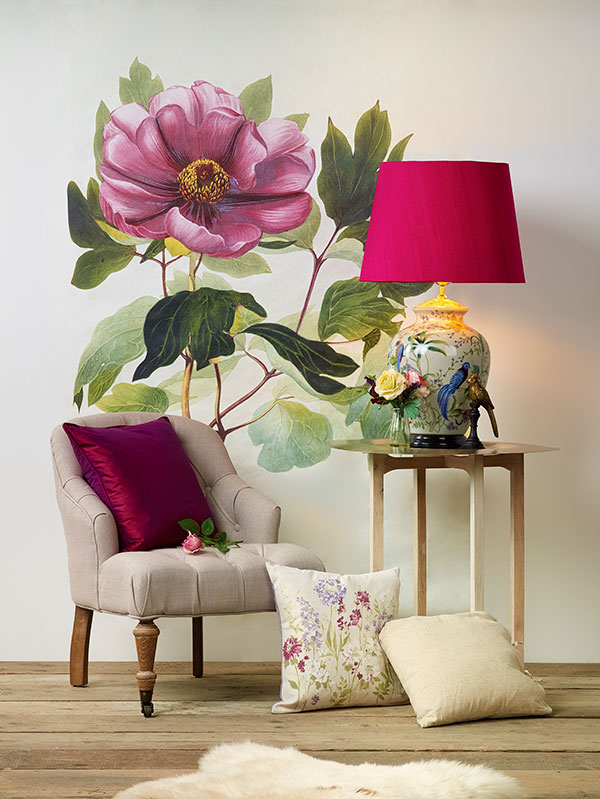
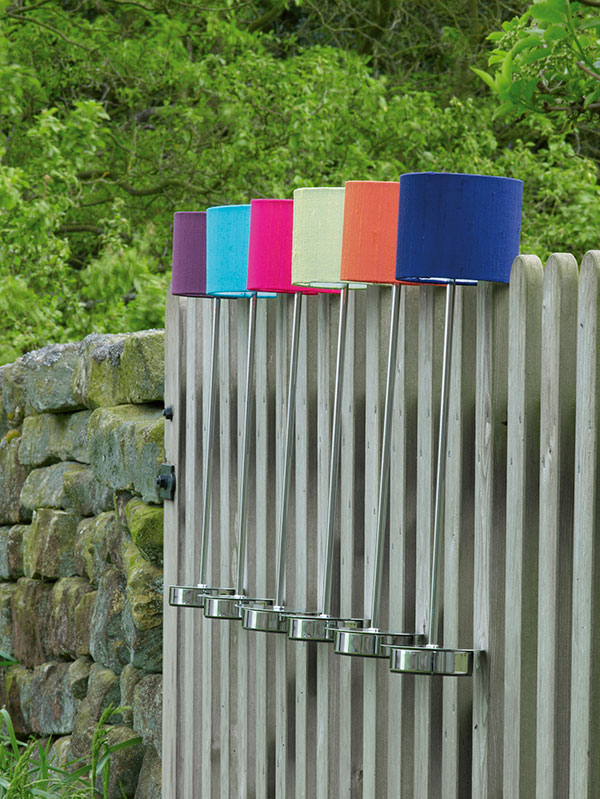
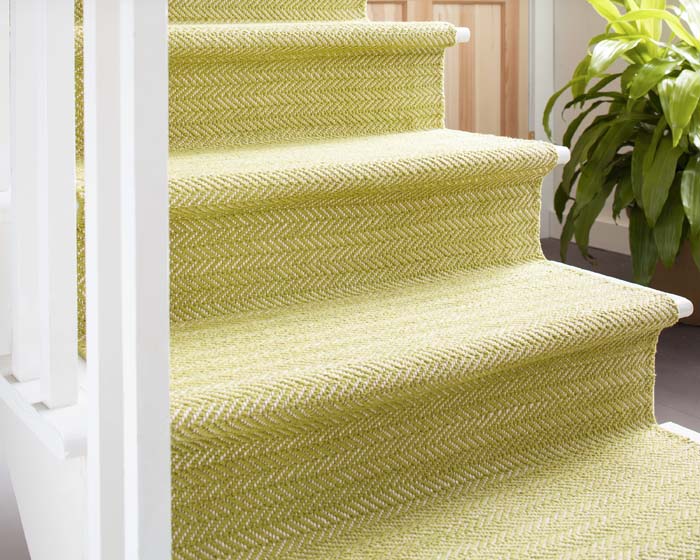
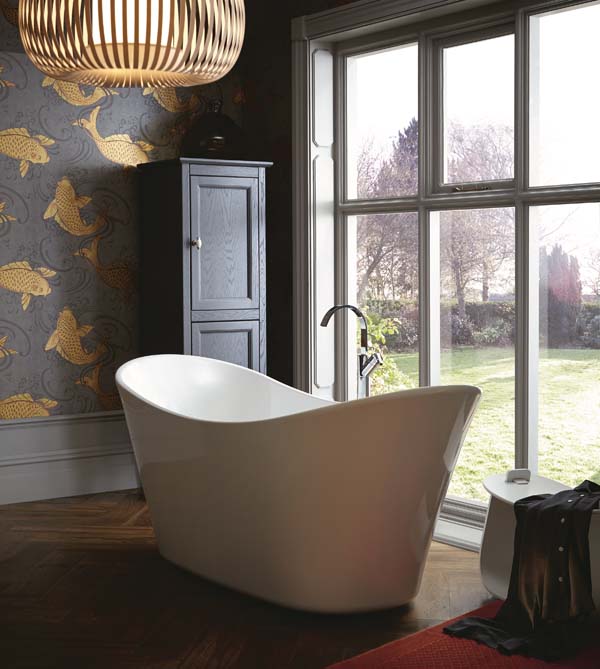 With news that nearly two thirds of us have not renovated our bathroom in the last five years, is it time your smallest room had a refit?
With news that nearly two thirds of us have not renovated our bathroom in the last five years, is it time your smallest room had a refit?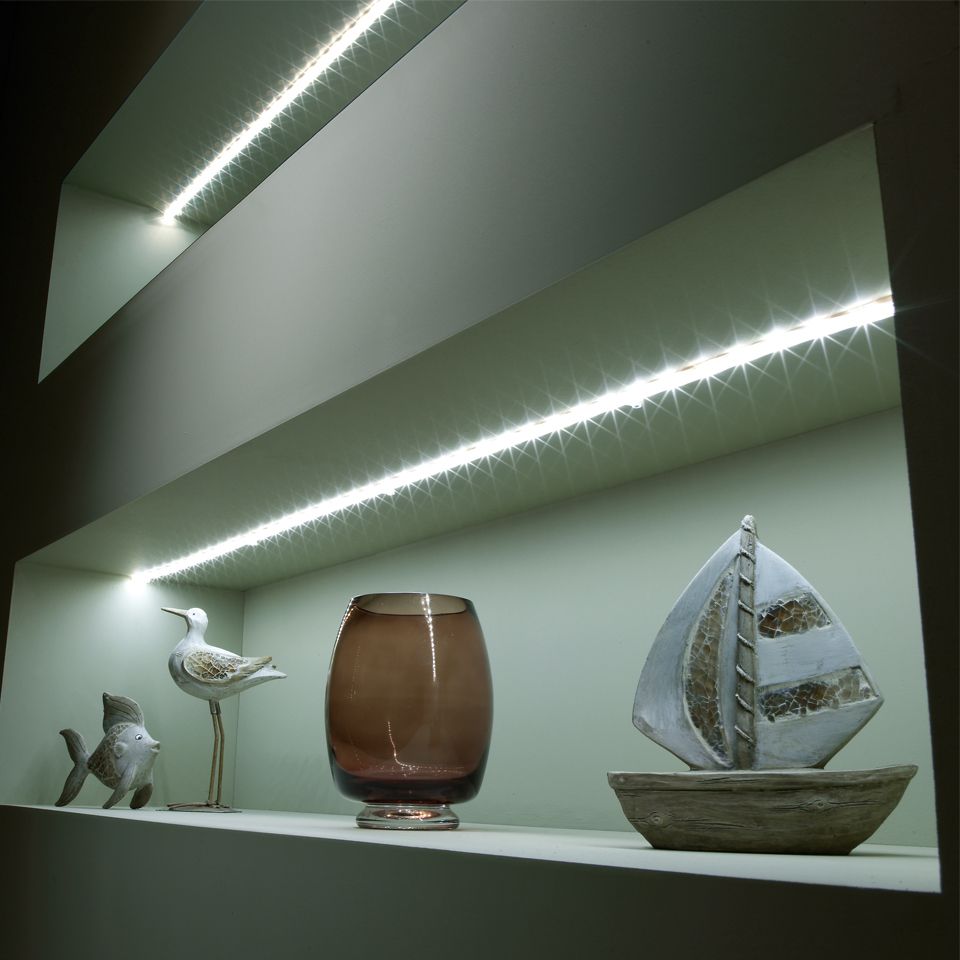 Right lighting.
Right lighting.